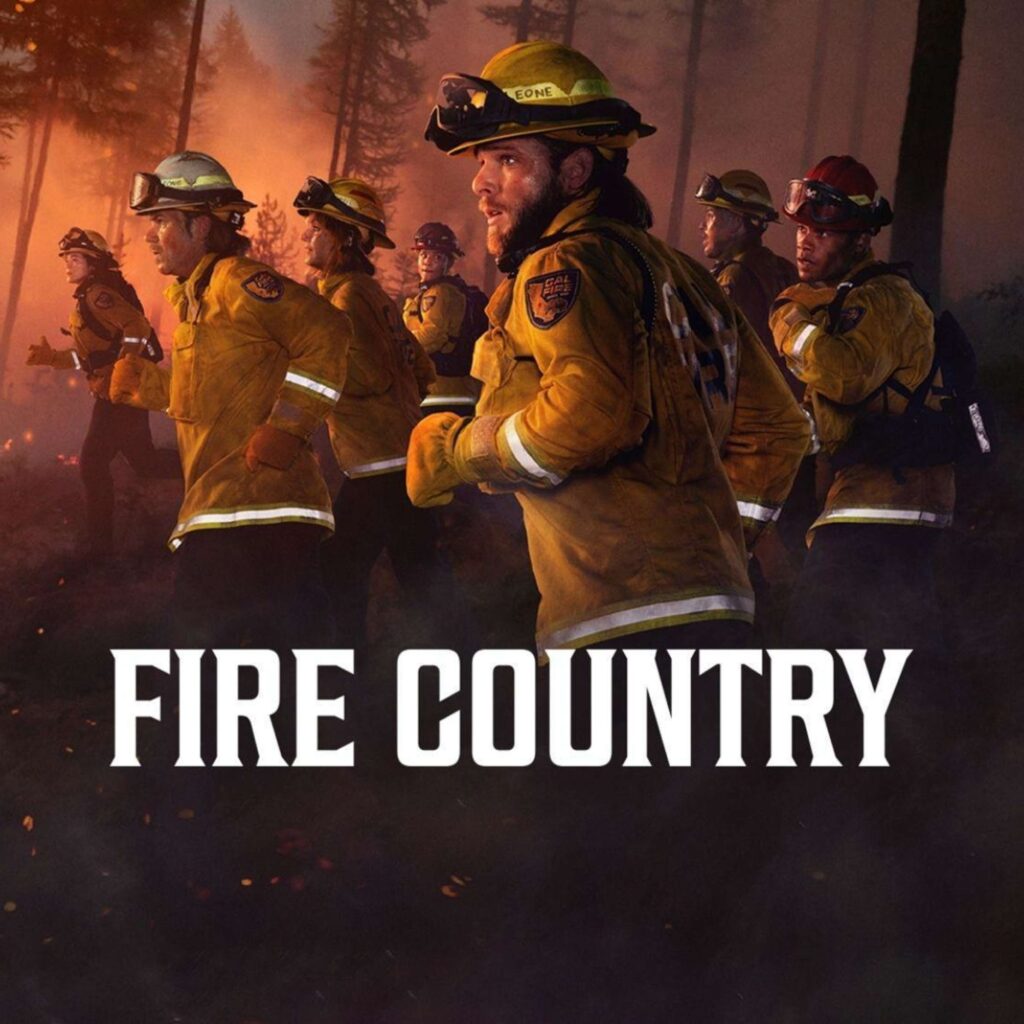
Introduction
As wildfires continue to ravage various parts of the world, the term ‘Fire Country’ has become increasingly relevant, particularly in regions prone to flames due to seasonal dry conditions. Understanding the implications of fire country is critical for residents, emergency responders, and policymakers. These areas, characterized by high risks of wildfires, necessitate adequate safety measures and emergency preparedness to mitigate potential damages and save lives.
The Current Situation
Several locations in Canada and the United States have recently witnessed significant wildfires, attributed to prolonged drought conditions and climate change. As of mid-October 2023, British Columbia reported over 400 active wildfires, a stark reminder of the necessity for robust fire management strategies. The provincial government has mobilized resources in response, utilizing aerial firefighting efforts and ground crews to tackle the crisis.
Impact on Communities
Communities situated within fire country are often under heightened threat, with residents facing evacuations and loss of property. The economic implications are profound as local businesses suffer due to reduced tourism and infrastructure damage. In 2023 alone, insurable losses from wildfires in Canada exceeded CAD 1 billion, underscoring the far-reaching consequences of these natural disasters.
Preparedness and Response Strategies
In response to increasing wildfire threats, governments and organizations are enhancing their fire preparedness initiatives. Educational campaigns focusing on creating defensible space around homes, proper landscaping, and emergency evacuation plans are being promoted. Communities are encouraged to participate in local fire management programs, which include regular fire drills and community meetings to discuss preparedness.
Conclusion
As the frequency and severity of wildfires grow, understanding the dynamics of fire country becomes crucial. Ongoing research and improved fire management practices will play a significant role in how communities respond to these challenges. Readers are urged to stay informed, adhere to safety guidelines, and support local initiatives aimed at reducing wildfire risks. The resilience of communities in fire-prone areas depends not only on individual preparedness but also on collective action and government policy.

